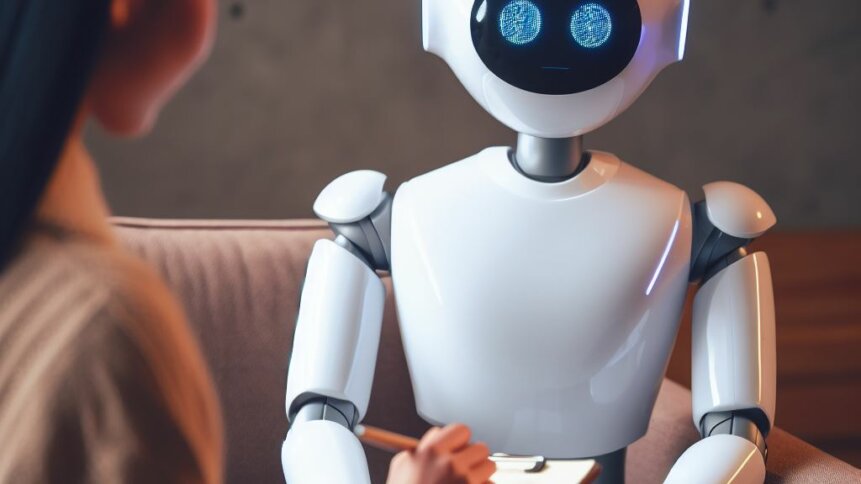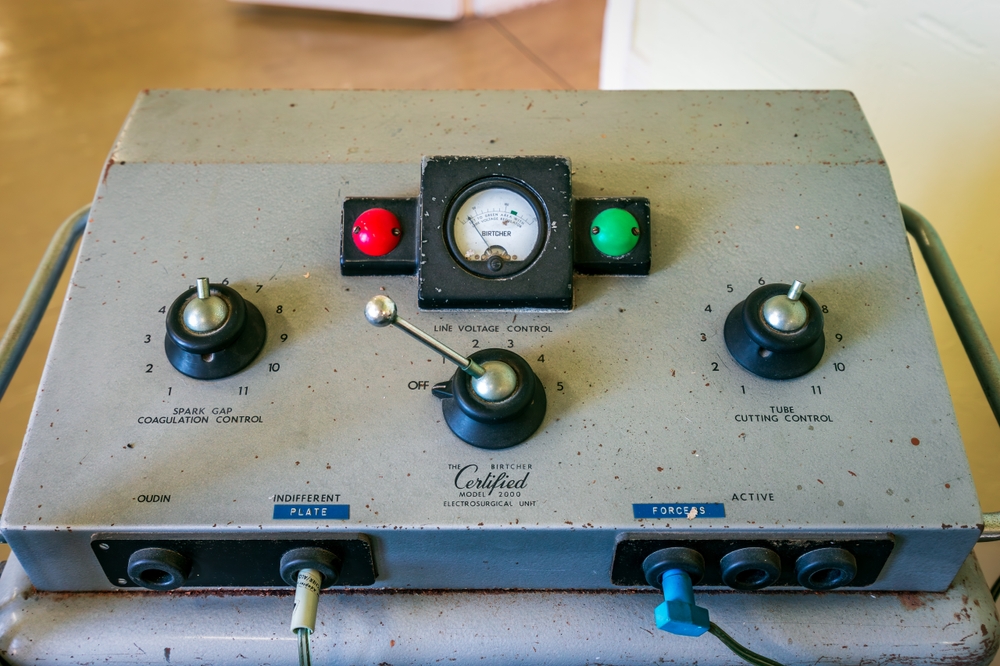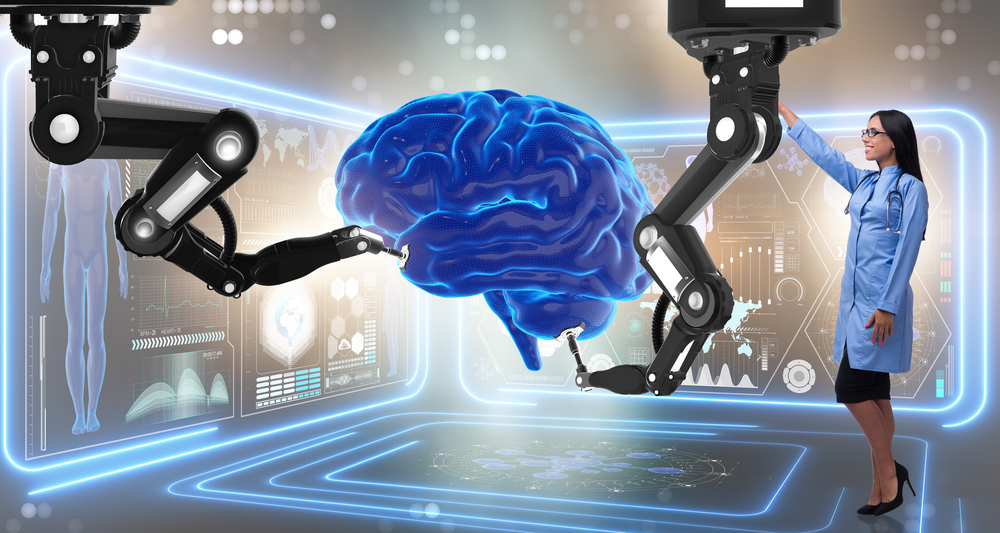Technology that might actually help your mental health

• Technology has long made both productive and harmful contributions to the improvement of mental health.
• But does new technology like VR and AI have a unique opportunity to help?
• There’s more to the impact of technology on mental health than social media.
The effect of technology on mental health is widely regarded as a big fat negative. That’s because, most often, when it comes to impact on mental health, technology is conflated with social media.
As well as social media’s impact, things like social isolation among gamers are often discussed in ways that put technology in opposition to mental wellbeing. However, technology as a whole has been a huge positive for the healthcare sector – so who says it can’t help psychotherapeutics too?
Auroratone
Audiovisualization is pretty commonplace these days, but back before TVs were a household item and synchronized sound was just over a decade old, it took chemistry and polarized light to make it happen.
That’s exactly what Cecil A. Stokes used to mimic synesthesia with the help of technology, creating films that helped WWII vets overcome PTSD and other mental health conditions. The cinematic synesthesia experiment was named ‘Auroratone.’
The name was suggested by Bernard Hubbard, a geologist, Arctic explorer and acquaintance of Stokes – he found the effect reminiscent of the Aurora Borealis.
Army psychologists’ research showed that Auroratone films were beneficial to patients’ mental health, inducing deep relaxation and emotional release. Part of this was down to the music: the films featured hits like Bing Crosby’s cover of Oh Promise Me, Clair de Lune, and an organ solo of I Dream of Jeannie with the Light Brown Hair.
Still, it’s not hard to relate to the fact that it can feel easier to connect with audio that’s paired with a visual (that’s not distracting enough to detract). Drs. Herbert E. Rubin and Elias Katz reported that patients reliably wept during Auroratones set to The Lost Chord, Ave Maria, and another Crosby cover, Home on the Range.
In fact, always a champion of technology, Crosby contributed to five out of the 15 known Auroratones free of charge. He even paid for them to be shipped overseas to soldiers on active duty and on medical leave.
The real techie part of the Auroratone was how moving images were created to literally represent the sound of the music. For a more in-depth explanation, we recommend this article, but in short: radio waves + chemicals = a shape interpretive of a section of the music.
Also, credit to Robert Martens, who uploaded the clip to YouTube – his caption is illuminating, too.
When showed to patients diagnosed with other mental illnesses, young offenders, those with chronic migraines, and developmentally delayed elementary schoolers, Auroratones were also helpful.
A plan for projecting Auroratones in maternity wards to “do away with the pains of childbirth” appears to have been a non-starter, though. It’s good, but let’s be realistic…
With the potential for technology to be positive for mental health (somewhat) documented, what happened next? (It’s worth noting that other methods at the time included electroshock therapy and lobotomization – both technological treatments that decidedly weren’t beneficial).

Mental health technology from another age – electroshock therapy was frequently spectacularly ineffective.
Modern technology and mental health
One advantage of technology in mental health treatments is improved access to mental health services: things like teletherapy eliminate the need for patient travel and catchment areas for treatment.
Technology also helps increase patient engagement in mental health treatments. They very (very!) often elicit an eyeroll, but mental health apps are a low-commitment way of engaging with resources for managing mental health that doesn’t carry the same associations as seeing a therapist.
In the same vein, technology can help reduce stigma about mental illness. In recent times, the internet has become a place to which many turn to as a source of comfort – although there is huge scope for this to go too far, with young people labelling themselves in a way that ultimately isn’t helpful, or medically sanctioned.
Virtual Reality
VR may have fallen by the wayside thanks to the AI hype cycle, but the tech has been used in various mental health treatments. Primarily in the treatment of anxiety and PTSD, VR can provide exposure therapy within a controlled environment.
We’d prefer to watch a trippy video matched up with some crooner-tunes, TBH.
Ultimately, technology in mental health treatment has the potential to transform the sector. Still, although there are technological methods that have shown benefits, for every Auroratone-style tech success, there are more electroshock-style failures.
We will not comment on the ‘potential’ of AI to change the sector – at least, not yet. AI has been adapted for use in a hundred thousand different business cases – there’s every likelihood that in the next handful of heartbeats, it will be applied in both helpful and potentially harmful ways.

“Turn that frown upside-down? This won’t take a second…”
Watch this AI-generated space.









